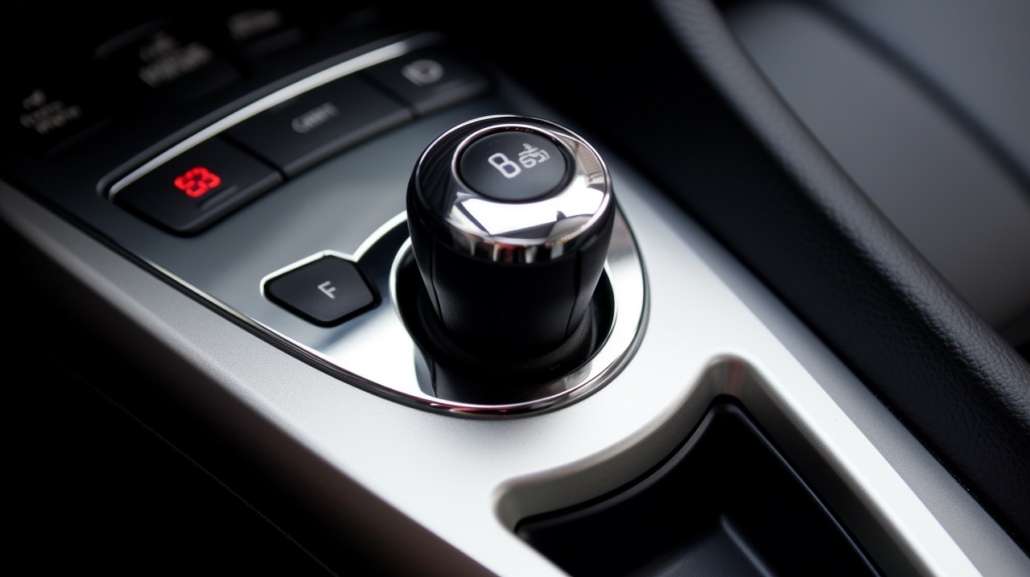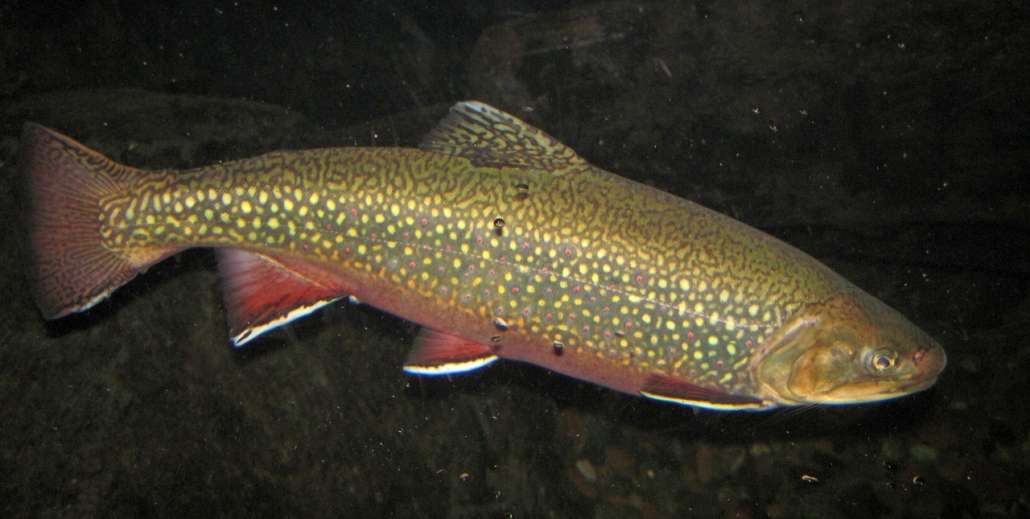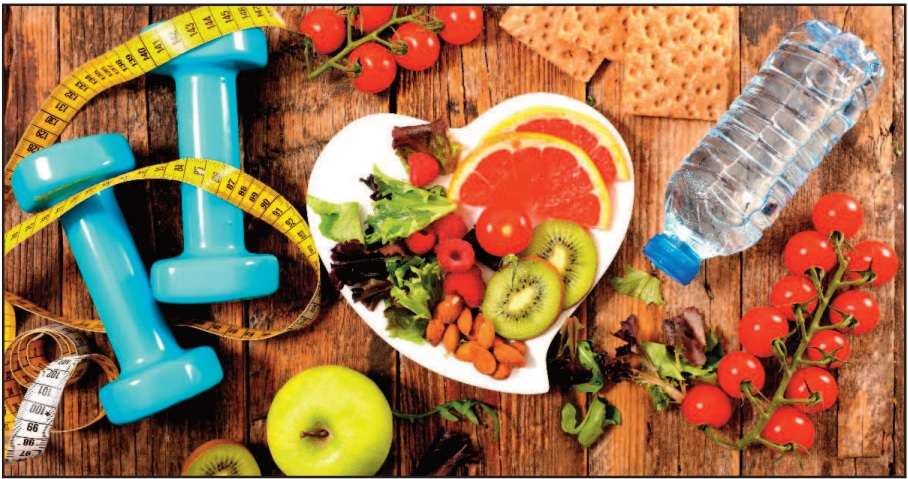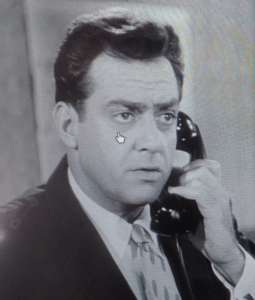FOR YOUR HEALTH: Dealing with springtime allergies in Maine
 As the winter snow melts and the sun starts to shine, people in the Northeast United States look forward to the arrival of spring. However, for many, springtime also brings along the onset of seasonal allergies. This is especially true in Maine, where the blooming of flowers and trees can cause a range of allergic reactions.
As the winter snow melts and the sun starts to shine, people in the Northeast United States look forward to the arrival of spring. However, for many, springtime also brings along the onset of seasonal allergies. This is especially true in Maine, where the blooming of flowers and trees can cause a range of allergic reactions.
According to the Asthma and Allergy Foundation of America, Maine ranks as the 26th most challenging state to live in for people with allergies. Common allergens in Maine during the spring season include pollen from trees like oak, birch, and maple, as well as grass pollen.
The symptoms of spring allergies can vary from person to person but can include sneezing, runny or stuffy nose, itchy or watery eyes, and even skin rashes. These symptoms can be particularly bothersome for people who suffer from asthma, as allergies can exacerbate their breathing difficulties.
Fortunately, there are several remedies and precautions that people can take to minimize the impact of spring allergies. One of the most effective ways to prevent allergies is to avoid exposure to allergens. This can be achieved by staying indoors during peak pollen hours, which are typically in the morning and early evening. It’s also a good idea to keep windows closed and to use an air purifier to filter out pollen and other allergens.
For people who do venture outside during allergy season, wearing a mask can help reduce pollen exposure. Additionally, washing clothes and hair after being outside can also help reduce the amount of pollen that accumulates on the body.
Another effective way to manage allergies is through the use of over-the-counter medications. Antihistamines can help alleviate symptoms such as sneezing, runny nose, and itchy eyes. Decongestants can help reduce nasal congestion, and nasal corticosteroids can help reduce inflammation in the nasal passages.
In some cases, allergy shots may be recommended by a doctor. These shots contain a small amount of the allergen, which is gradually increased over time, helping the body build up immunity to the allergen.
It’s also important for people with allergies to maintain good overall health, as allergies can weaken the immune system. This includes eating a healthy diet, getting regular exercise, and getting enough sleep.
In summary, spring allergies can be a significant challenge for many people in Maine, but there are several effective ways to manage symptoms and minimize the impact of allergens. These include avoiding exposure to allergens, wearing a mask, using medications, and maintaining good overall health. By taking these steps, people can enjoy the beauty of spring without being bogged down by allergies.








 What if you could transform your life today and start feeling better tomorrow? What if it wasn’t that big of a deal to do so? And what if you didn’t need to spend a fortune to get there either? You know what would also be nice? If you could transform not just your physical appearance, but also the way you think about yourself and your life. This can seem like an overwhelming commitment at first, but once you break it down and think about it as a holistic process rather than a giant leap, it seems much more achievable. After all, we’re talking about 5 minutes per day. That’s all it takes!
What if you could transform your life today and start feeling better tomorrow? What if it wasn’t that big of a deal to do so? And what if you didn’t need to spend a fortune to get there either? You know what would also be nice? If you could transform not just your physical appearance, but also the way you think about yourself and your life. This can seem like an overwhelming commitment at first, but once you break it down and think about it as a holistic process rather than a giant leap, it seems much more achievable. After all, we’re talking about 5 minutes per day. That’s all it takes!












